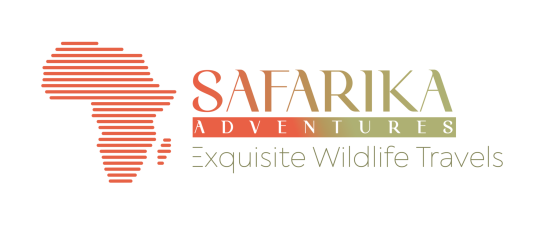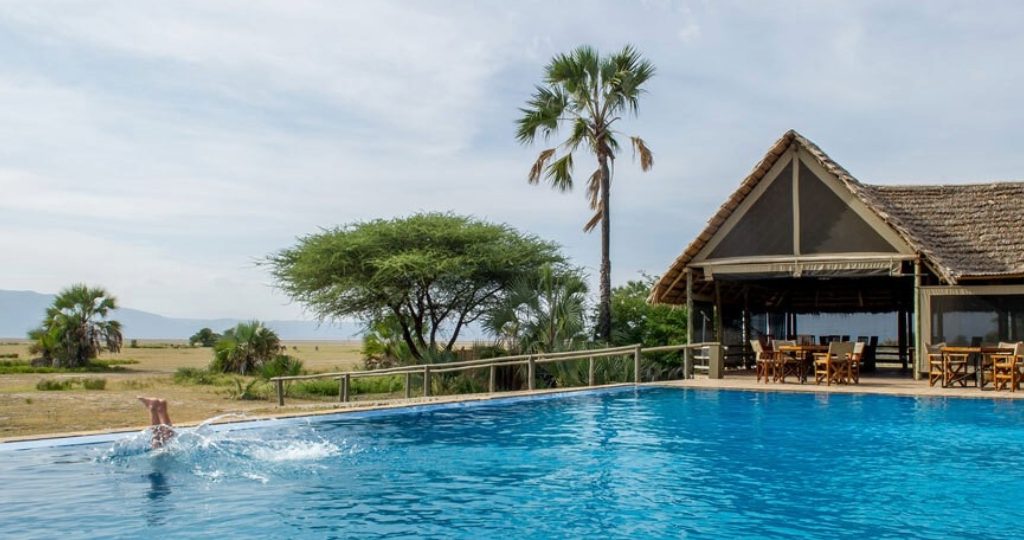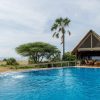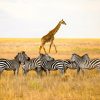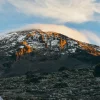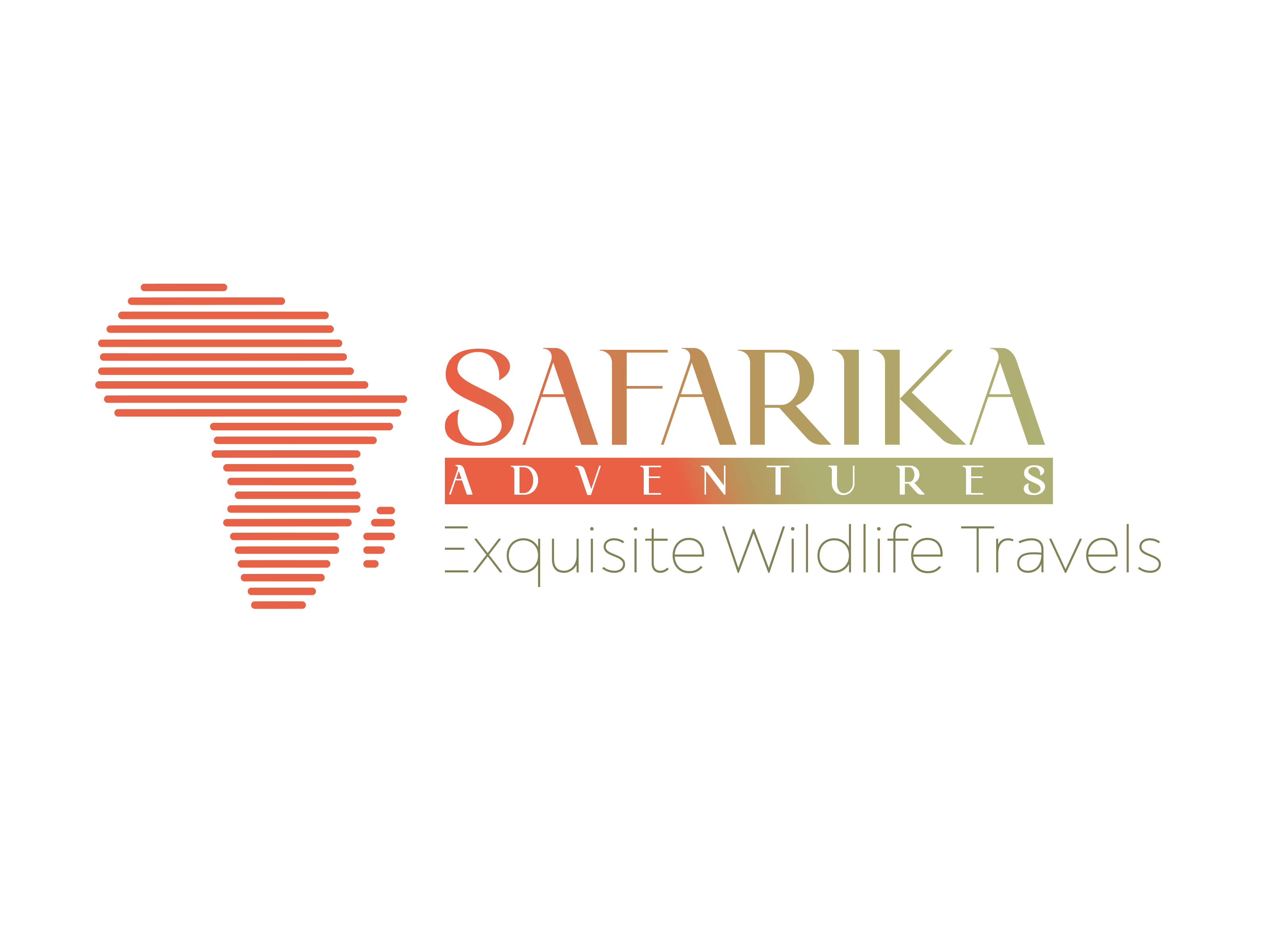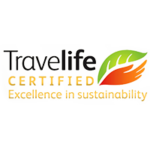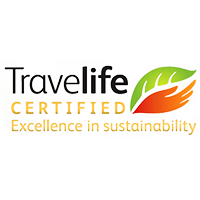Tented Camps vs Lodges in Tanzania (2025): How to Choose
A straight-talking, first-timer’s guide to comfort, wildlife time, cost, and the mix that actually works
Introduction
If you are planning a first Tanzania safari, the big lodging question shows up early. Do you book a tented camp or a lodge. The short answer is that both can be comfortable, safe, and unforgettable. The real difference is the feeling. Tented camps put you closer to the soundtrack of the bush. Lodges layer in more facilities and fixed comforts. Your best trip may blend both. This guide compares tented camps vs lodges in Tanzania with clear pros, cons, and the mix that works in 2025. It lays out what each option really feels like, how they affect your days, and which mix makes sense for different travelers and seasons.
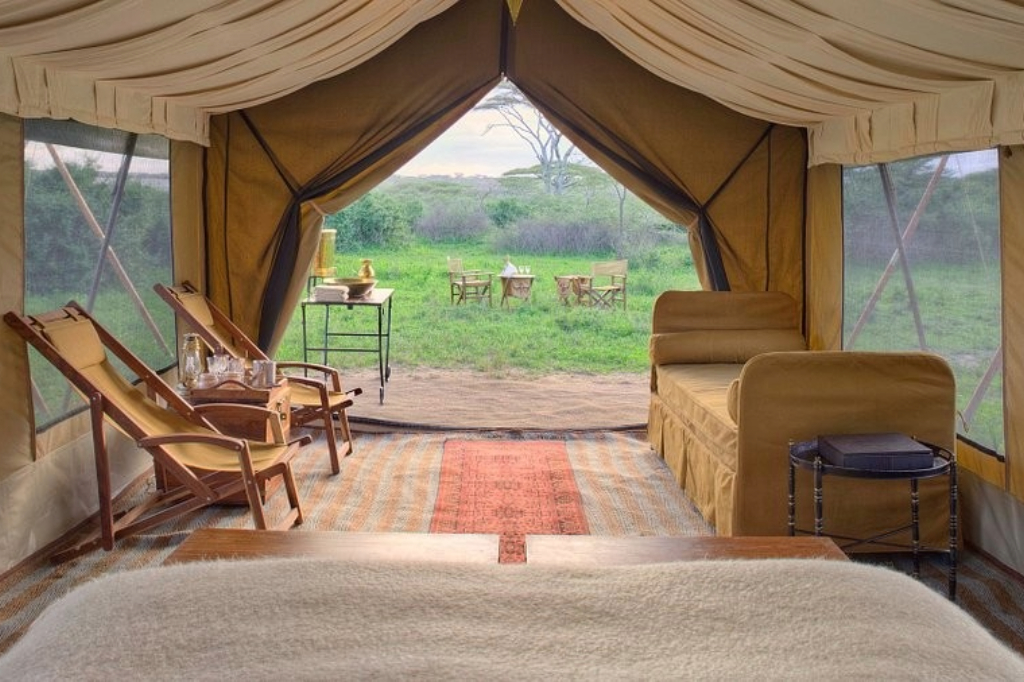
Tented camps vs lodges in Tanzania: what really separates them
Think mood first. Tented camps are built from canvas on light frames. Rooms feel like suites with proper beds, real linen, and en-suite bathrooms. At night you hear hyenas whoop and zebras bark. Staff walk you after dark. Lamps glow. The wild is close but handled by professionals. Lodges feel like boutique hotels set inside the park network. You get spacious lounges, larger pools, often a spa, and more stable power. Animals still roam nearby. The architecture is permanent and there are usually more rooms than at mobile or semi-permanent camps.
How this choice changes your days
A tented camp is often positioned for wildlife first. You wake, take coffee by a small fire, and head out quickly because the action is on your doorstep. The vehicle may reach prime plains and water lines in minutes. You return for a hot shower heated by solar or a small boiler. Lunch is simple and fresh. Afternoons are quiet until the evening drive. Lodges add time between you and the sightings when they sit outside the prime zones, although many are well placed. The trade is that downtime can be richer. Pools and play areas help families. Large decks and libraries help couples who like a slow hour between drives.
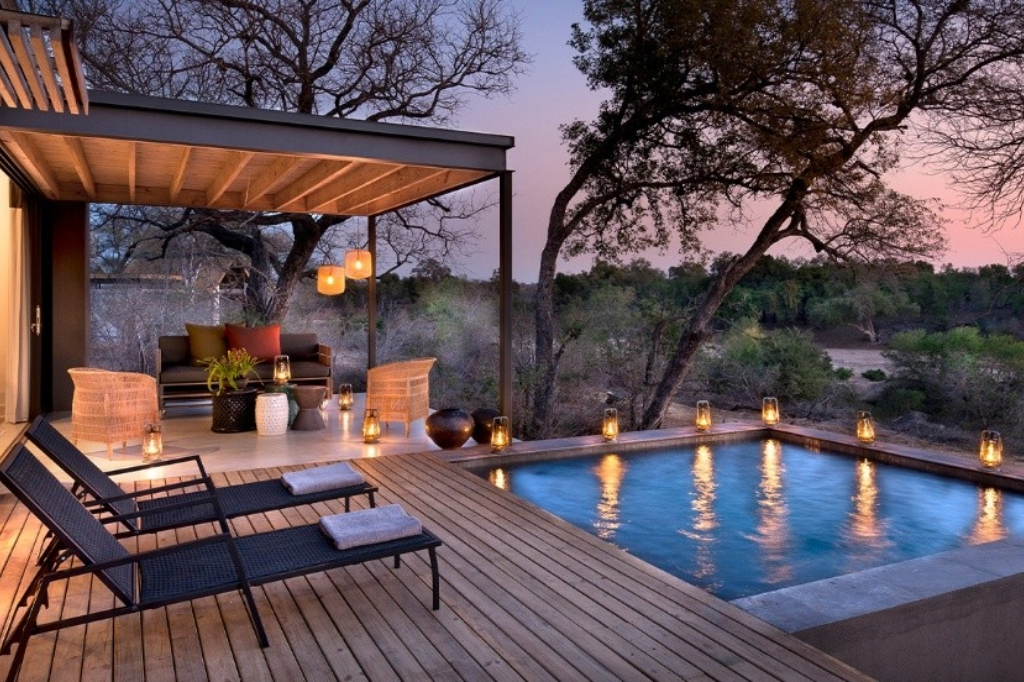
Tented camps vs lodges in Tanzania: comfort—what you actually get at a tented camp
Modern tented camps are not basic. Expect real beds, high-thread linen, flush toilets, hot showers, and a private deck or seating area. Many camps run mostly on solar power with battery storage. That gives you light at night and charging points for cameras without generator noise. Showers can be on-demand from a small boiler or gravity-fed from a drum that staff fill. Water is hot and the system is safe. Floors are wood or tightly stretched canvas over a platform. Doors zip closed and lock from the inside. Night escorts are standard. Camps brief guests on how to move quietly and safely after dark.
Comfort: what you actually get at a lodge
Lodges anchor to a fixed place. Rooms are walled, windows are glazed, and power is on all day. You can expect bigger bathrooms, air-conditioning in some regions, and large public spaces. Pools are common. Spas vary from simple massage rooms to full wellness menus. Larger kitchens allow broader menus, and bakeries produce fresh breads and pastries daily. Families love the extra elbow room. Guests who sleep light appreciate the thicker walls when night sounds get lively.
Positioning and wildlife time
Location is the quiet superpower. A tented camp that sits within a productive game area cuts your daily commute and boosts your odds at the best hours. You leave camp as the light turns gold and you are already in the right neighborhood for cats. A lodge can be equally well placed, especially in central Serengeti and on the Ngorongoro rim, yet some are outside park gates and require morning transfers. Ask one question when you compare options. How long from breakfast to the first good game loop at dawn. Minutes beat miles on safari.
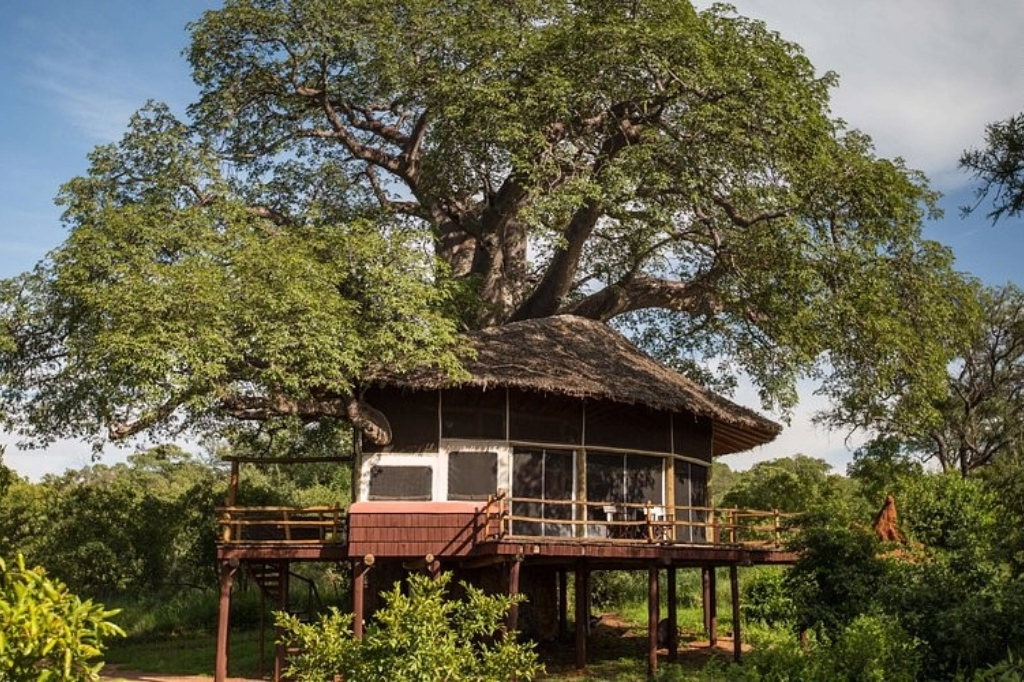
Season matters more than most people think
In the cool, dry months from June to October, travel feels crisp and roads are firm. Canvas shines because breezes cut afternoon heat and nights are clear. In green season from March to May, storms roll fast and then the sky opens again. Tented camps handle rain well, though paths can be muddy. Lodges feel extra cozy in cool mist on the Ngorongoro rim and during the long rains when you want deeper verandas and big lounge fires. In the heat of late January and February on the southern plains, a camp that sits close to action saves time. The right choice is not one style. It is the right style for your month and hub.
Families with kids
Children thrive when days are simple. Pick at least one well-placed tented camp so drives are short and you score early-morning viewing without long commutes. Balance it with a lodge that has a pool or play space. Family rooms or interleading tents matter if you have younger children. Be honest about bedtime noise tolerance. Some kids sleep through lions. Others do not. In that case, plan your light-sleeper nights at a lodge and your bolder nights in canvas. Guides adjust pacing for families. Two shorter drives a day often beat one long push.
Photographers and naturalists
If you travel to watch behavior, pick at least one camp that sits in the thick of it. The fewer minutes you spend reaching the first sighting, the more time you spend on angles and light. Canvas is also quieter at night which makes a big difference for those who record sound. Lodges help with stable power for charging banks and laptops and with bigger work tables. The best plan puts your longest wildlife block at a camp near prime habitat and your editing day at a lodge where you can recharge gear and body.
Cost drivers and where to spend
Rates depend on park fees, distance, and season. Canvas does not automatically mean cheaper. High-demand mobile or semi-permanent camps in the right Serengeti zone can price above mid-range lodges. What you buy with a camp is proximity and low footprint. What you buy with a lodge is facility depth and predictable power. Spend on location first. A basic room in the right zone beats a marble bath an hour away from dawn sightings. Save by traveling in shoulder months, flying the longest leg only, and choosing two hubs over a rushing loop of five parks.
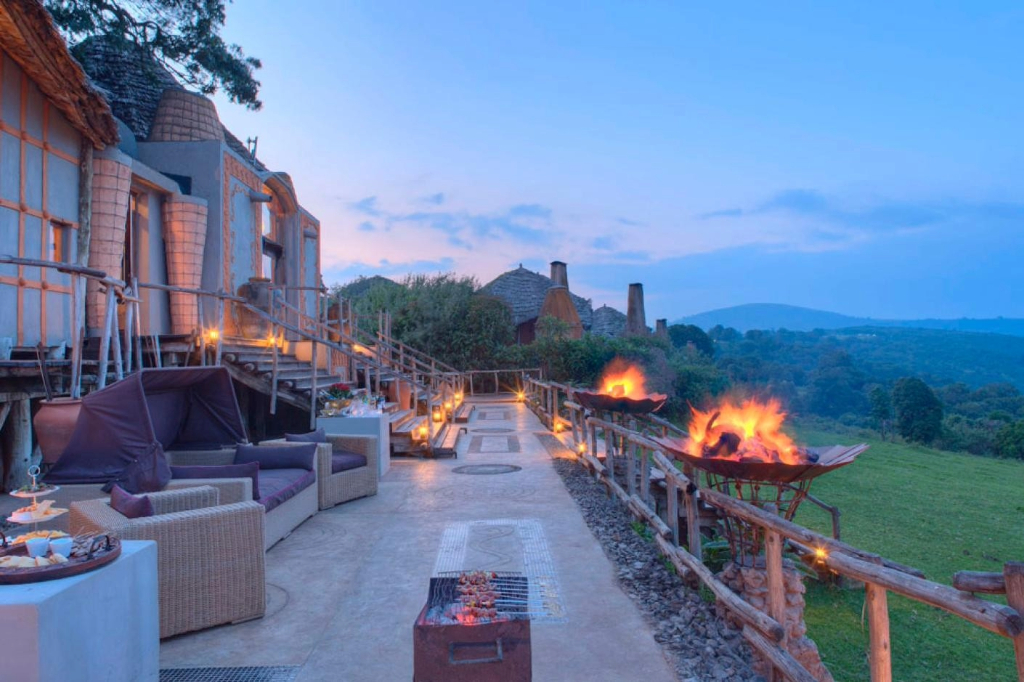
Eco profile and footprint
Tented camps often run on solar, truck in supplies carefully, and leave minimal foundations when the site moves. Water is managed by low-flow fixtures and thoughtful laundry schedules. Lodges increasingly use solar farms, gray-water systems, and plastic reduction programs. Ask how properties manage waste and water. Your stay should help protect the place you came to see. The best outfits invest in guides, community projects, and ranger support. That money keeps lions roaring and keeps your children’s children coming back.
Health, safety, and sleep
Both options are safe when run by professionals. Camps escort you at night because wildlife passes through. Lodges have defined paths and lighting. Medical kits are standard and vehicles carry first-aid. If you are a light sleeper, request a room or tent away from kitchens and generators. Bring earplugs if you want the sounds softer. Tell staff about allergies early. Most kitchens handle gluten-free, vegetarian, and other requests without fuss when they know in advance. Drink filtered or bottled water, use repellent at dusk, and pack your normal medications.
Tented camps vs lodges: side-by-side
| Factor | Tented Camps | Lodges |
|---|---|---|
| Ambience | Closer to the wild soundscape; lantern light; small footprint | Boutique-hotel feel; larger public spaces and decks |
| Facilities | En-suite tents, solar power, charging points; smaller pools rare | Pools common; some spas and gyms; stable mains or generator power |
| Location tendency | Often inside prime zones; some mobile or semi-permanent | Often fixed near access roads or scenic rims; many well placed |
| Power & water | Solar with batteries; hot bucket or on-demand boilers | All-day power; larger water heating systems |
| Family fit | Great for short drives and immersion; simpler downtime | Great for pools, play spaces, and predictable naps |
| Price range | Mid-range to premium; demand spikes in top zones | Mid-range to premium; wide variety of stock |
| Eco footprint | Light structures; easy to remove or move seasonally | Heavier builds; many adding solar and water recovery |
| Best for | Behavior watching, photographers, travelers who want feel | Facilities, longer downtime, light sleepers, bigger groups |
Good mixes that work in real life
Five nights. Two at a crater-rim lodge for the view and one intense crater day. Three at a central Serengeti tented camp for cats and open plains. This balances fast wins with deeper time on the grasslands.
Seven nights. Start with Tarangire or Manyara for elephants and woodlands from a lodge with a pool. Then move to a Serengeti tented camp near the season’s hotspot. Families often sleep best with this rhythm. Photographers get time where it counts.
Nine nights. Split your Serengeti time across two zones in canvas, then finish at a quiet lodge for laundry, a massage, and a slow last sunrise. If the calendar says July or August, push one of those canvas nights to the far north for river time.
Myths worth dropping
Myth. Canvas means roughing it. Reality. Modern tented camps are comfortable, hot-shower places that simply keep you closer to nature.
Myth. Lodges are always far from wildlife. Reality. Many lodges sit in excellent habitats. What matters is the specific location, not the label.
Myth. Families cannot stay in tents. Reality. Many camps welcome children, offer interleading tents, and run gentle schedules. Ask for age policies and child rates early.
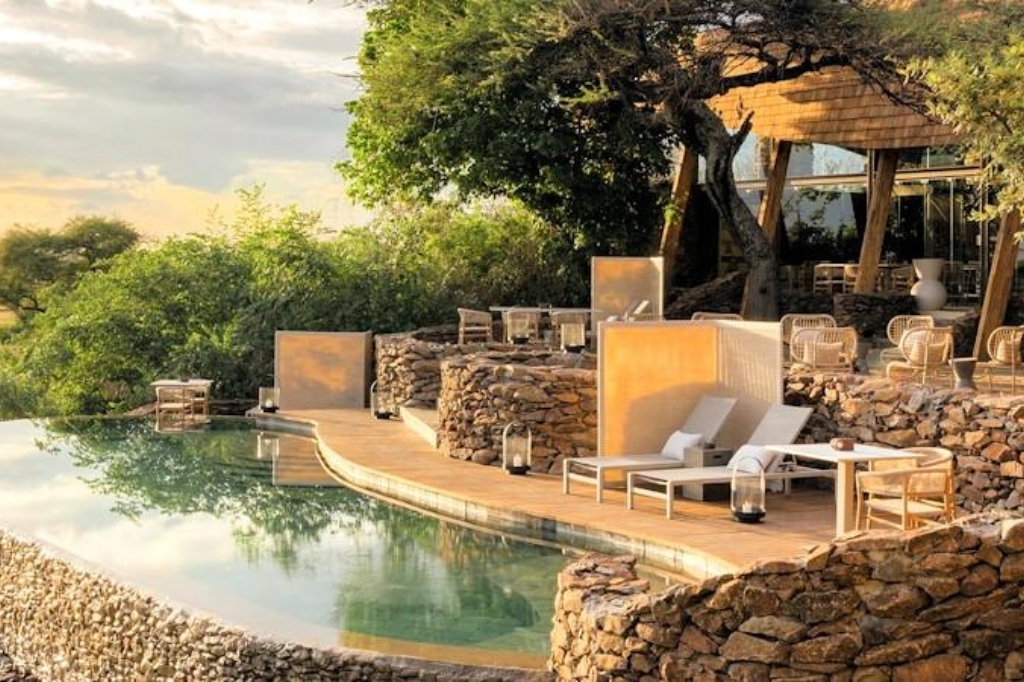
Make the choice in five minutes
Answer these quickly. Do you want the bush soundtrack at night. Do you need a pool. Do you value spa time. Are you a deep sleeper. Which is more important on this trip, facilities or first light at a lion pride. If you vote for the soundtrack and first light, tip toward canvas. If you vote for facilities and naps by the pool, tip toward lodges. If you love both, mix them. That is how most pros travel.
Packing tweaks for each style
For camps, add a small torch, a soft fleece for chilly dawns, and a dust scarf. For lodges, add swimwear, sandals for pool decks, and a casual outfit for dinners if you like a dress-up night. In both cases bring neutral layers, sunscreen, sunglasses, and a power bank. Keep luggage soft and under the bush-flight weight limit if you are flying one leg.
Accessibility and mobility
Tell your operator about mobility considerations early. Many lodges have ramps, broader paths, and ground-floor rooms. Some tented camps have step-up decks and boardwalks which staff can assist with. Vehicles can be arranged with grab handles and step stools. A slower, smarter pacing makes more difference than any single feature. Pick properties with short transfer times and you will naturally reduce daily strain.
FAQ
Are tented camps safe.
Yes. Camps escort at night, staff are trained, and layouts are designed for wildlife movement. Follow the briefing and you will be fine.
Will I sleep with all the animal noise.
Most guests sleep well after the first night once the sounds become familiar. If you are sensitive, pick one or two lodge nights in your mix or bring earplugs.
Is power reliable for charging cameras and phones.
Yes at quality properties. Camps use solar and batteries. Lodges often have mains or well-managed generators. Ask about in-room charging points when you book.
Which is better for a short three-night safari.
A lodge near the crater or a central Serengeti lodge for quick wins, paired with one tented camp night inside good habitat if logistics allow. Short trips need short transfers.
Do I need to bring my own binoculars.
Good operators keep a pair in the vehicle. Bring your own only if you prefer a personal set or if you are picky about glass.
Conclusion
You do not have to choose a side. You have to choose a rhythm that fits your people and your month. A tented camp puts you inside the story. A lodge gives you space to rest between chapters. Mix them and you get both outcomes. The right wildlife at dawn. The right comfort at dusk. That is a trip you will talk about for years.
